Nestle for You and I[Korea Quality] / 너와 나의 둥지[한국관광 품질인증]
16.8Km 2024-10-30
42-1 , Dalbithanok-gil, Gangjin-gun, Jeollanam-do
+82-10-7608-2973
Nestle for You and I is a hanok accommodation located in Dalbit Hanok Village in Gangjin, Jeollanam-do. It has a spacious living room and yard with plenty of room for children to play, and the toenmaru (narrow wooden porch) under the eaves offers a great vantage point for viewing the hanok yard and the surrounding nature of Gangjin. There are three guest rooms: Haetnim and Dalnim come with a numaru (balcony-like raised veranda), and the detached building is equipped with a TV and refrigerator. There is a fireplace in the living room where you can enjoy a hearty, complimentary breakfast.
Hyuhyudang[Korea Quality] / 휴휴당[한국관광 품질인증]
16.8Km 2024-10-30
42-3 , Dalbithanok-gil, Gangjin-gun, Jeollanam-do
+82-10-6630-1507
Located in Dalbit Hanok Village in Gangjin, Jeollanam-do, Hyuhyudang is a traditional hanok guesthouse with a stunning view of Wolchulsan Mountain. There are two guest rooms in the guesthouse. Daerae is a gudeul room heated by wood burning in the furnace, and Meoru is a bedroom with a wooden bed. In the Jukrojisil, a tea room, guests can enjoy a tea ceremony while overlooking the scenic landscape of Gangjin. Guests are provided with free breakfast and bedding that has been carefully hand-sewn by the owner.
Duryunsan Cable Car (두륜산케이블카)
16.9Km 2025-03-26
88-45 Daeheungsa-gil, Haenam-gun, Jeollanam-do
+82-61-534-8992
Duryunsan Mountain (700 meters) is a famous mountain in Jeollanam-do. With its eight peaks, it is home to many temples and historic sites. The mountain also holds great importance in plant chorology as its forests consist of warm-temperate broad-leaved evergreens and deciduous broad-leaved trees. The mountain peak can be reached by trekking for about 2-3 hours from the entrance of Daeheungsa Temple or by the Daeryunsan Cable Car (one way 8-minute), which departs from the entrance on the opposite side of the mountain and takes visitors to a spot right below the peak. From the mountain summit, there is a view of the southern sea and on a clear day, it is possible to see as far as Hallasan Mountain on Jeju Island. Nearby tourist attractions include Uhangri Dinosaur Museum Complex, Usuyeong Tourism Village and Ttangkkeut Village.
Sanmaruteo (산마루터)
16.9Km 2024-02-28
88-33 Daeheungsa-gil, Samsan-myeon, Haenam-gun, Jeollanam-do
Sanmaruteo is a specialty restaurant offering traditional healthy cuisine from the Namdo region of Korea. They exclusively serve a single menu: Cheonggukjang chalbap (Rich soybean paste soup and steamed sweet rice). Served with hot stone pot rice, cheonggukjang (rich soybean paste soup) and a variety of hearty side dishes. Freshly cooked rice in a hot stone pot that enhances the flavor. Alongside dishes like pan-fried bean curd, grilled yellow croaker, and spicy stir-fried pork, accompanied by various seasoned salad, visitors can enjoy a satisfying meal.
Gangjin Dawon Tea Plantation (전남 강진다원)
17.1Km 2021-02-09
93-25, Baegun-ro, Gangjin-gun, Jeollanam-do
+82-61-432-5500
Gangjin Dawon Tea Plantation is located at the southern foot of Wolchulsan Mountain in Jeollanam-do. The area’s big temperature difference between day and night and the frequent thick fog provide ideal conditions for tea cultivation. The tea cultivated at Gangjin Dawon has a strong scent and rarely tastes bitter. Gangjin Dawon is the home of the nation’s first green tea product “Baegunokpancha.” Since 1980, an extensive area of mountainous territory has been cultivated for green tea production to become the more than 80 acres of green tea fields that it is today. As Gangjin Dawon is relatively lesser known than the green tea fields in Boseong, visitors can enjoy a relaxing time surrounded by the vastness of the green tea fields. Nearby attractions include Baengnyeonsa Temple, the Birthplace of Yeongnang, Gangjin Goryeo Cheongja kiln site, and Dasan Chodang, the house where the famous scholar Dasan Jeong Yak-yong (1762-1836) lived during his exile.
Seoladawon (설아다원)
17.2Km 2024-12-24
153-21 , Samseong-gil, Haenam-gun, Jeollanam-do
+82-61-533-3083
Seola Dawon is a hanok stay at the foot of Mt Duryun in Haenam, Jeollanam-do. It began as a tea plantation whose owner wanted to pass on his love for traditional tea culture to the next generation. Many visitors came and they needed accomodation, so the owner built a small stone guest room. Now there are 8 guestrooms, including a clay house, a timber frame house, and an earthbag house; while the work of promoting tea cultivation and culture continue.
Baegun Teahouse (Lee Han-young Tea Culture Center) (백운차실 (이한영 차문화원))
17.2Km 2024-01-11
107 Baegun-ro, Seongjeon-myeon, Gangjin-gun, Jeollanam-do
Lee Han-young Tea Culture Center, located in Gangjin, Jeollanam-do, was established to commemorate the achievements of Lee Han-young, who created Baegun Okpan Tea, Korea’s first tea brand. It is also a place that originated from the promise that disciples of Jeong Yak-yong, the greatest scholar of the Joseon period, made when he returned from exile to provide him with the tea they grew for one year and research achievements every year. As seen from his pen name, Dasan, which means a mountain (san) producing abundant tea (da), Jeong Yak-yong is said to have loved tea very much. Visitors can enjoy a tea ceremony experience of different teas consisting of Jakseol Green Tea and Wolsan Black Tea, as well as making their own tea. Visitors can also taste the rice cake tea that Jeong Yak-yong enjoyed.
Geomokjang Minbak Lodging (거목장민박)
17.4Km 2024-12-24
63 , Minbakchon-gil, Haenam-gun, Jeollanam-do
+82-61-535-1456
Geomokjang Minbak (‘B&B’) stands at the foot of Mount Doryunsan, Hanam-gun, Jeollanam-do, and is part of Museon Hanok Minbak Village. The hanok’s pillars and rafters are built of old pinewood, and the wooden floors, windows and doors are lined with Korean paper. All 7 rooms have modern bathrooms. In the large tree-shaded yard you can experience bonsai making for a small fee, while beyond the low stone wall are fields and trees. Geomokjang is a good base for exploring Haenam and is on the way to Daeheungsa, a temple with a thousand years of history.
Jeonju Sikdang (전주식당)
17.5Km 2021-10-16
170, Daeheungsa-gil, Haenam-gun, Jeollanam-do
+82-61-532-7696
Jeonju Sikdang is a noted restaurant for Haenam folk cuisine. It was designated by the Korean Traditional Culture Preservation Society after
getting many awards, such as Special Culinary Award.
The main items on the menu are pyogo jeongol (shitake mushroom hot pot) and sanchae jeongsik (set menu with seasoned wild vegetables). In particular, the restaurant's signature pyogo jeongol uses ingredients that are all prepared in house using organic shitake mushrooms, beef, Manila clams, along with other seafood and vegetables, giving it a clean and rich taste. The theme of the restaurant, “Enjoying natural dishes in the mountains,” fits perfectly with the taste of their mushrooms, which carries a excellent taste without the addition of any artificial seasoning. The restaurant also sells dongdongju (traditional Korean liquor), a drink that brings deeper flavors of the food.
Muwisa Temple (무위사)
17.6Km 2019-11-20
308, Muwisa-ro, Gangjin-gun, Jeollanam-do
+82-61-432-4974
Muwisa Temple is located on Wolchulsan Mountain in Gangjin-gun, Jeollanam-do. The temple has at least 1,100 years of history as it was established sometime before the early 10th century under the name Muwigapsa Temple. The temple houses many significant Buddhist treasures.
![Nestle for You and I[Korea Quality] / 너와 나의 둥지[한국관광 품질인증]](http://tong.visitkorea.or.kr/cms/resource/23/2991323_image2_1.jpg)
![Hyuhyudang[Korea Quality] / 휴휴당[한국관광 품질인증]](http://tong.visitkorea.or.kr/cms/resource/58/2803458_image2_1.jpeg)

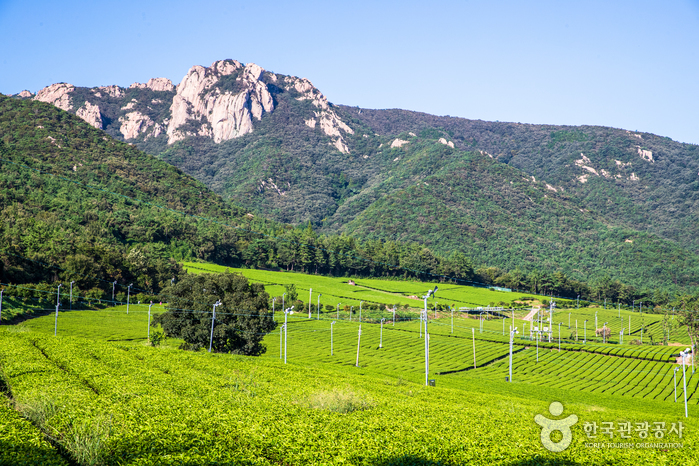
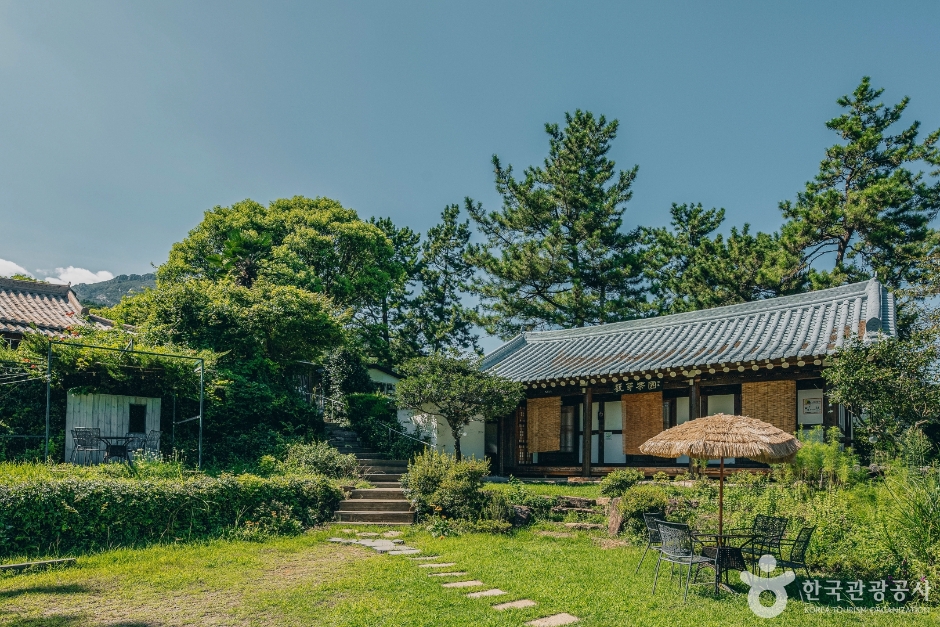
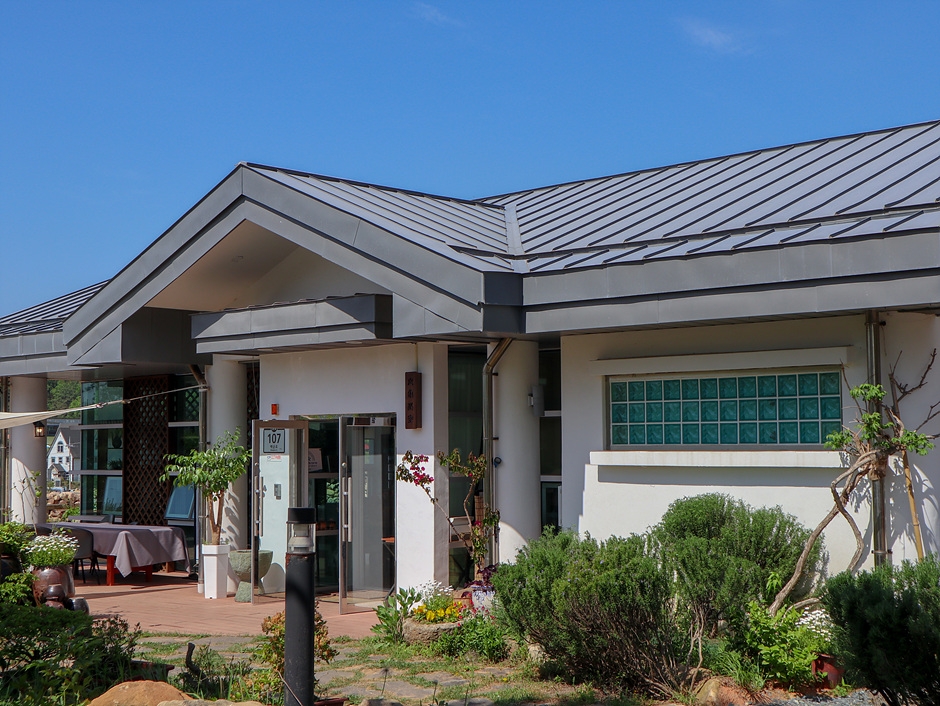
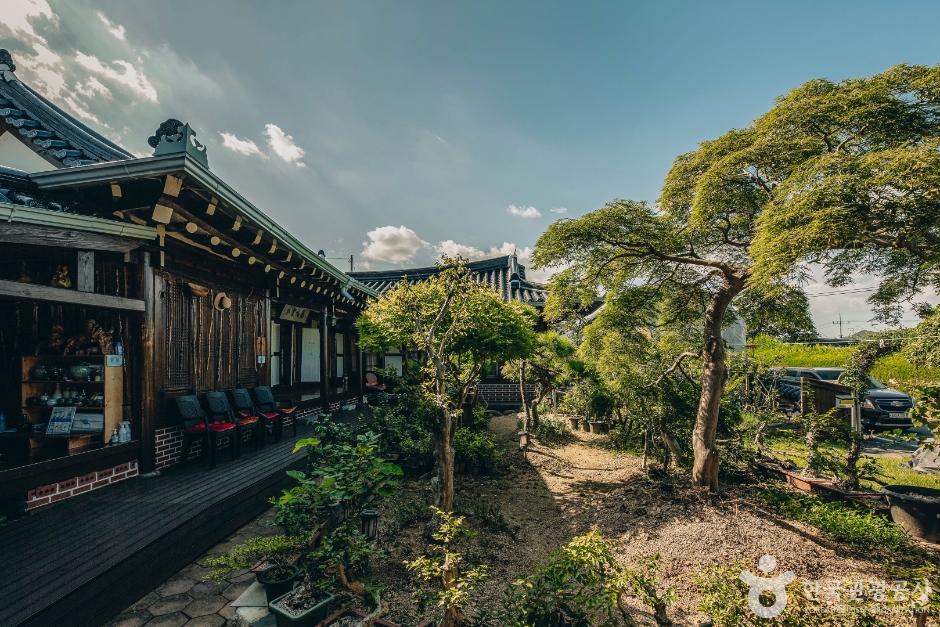
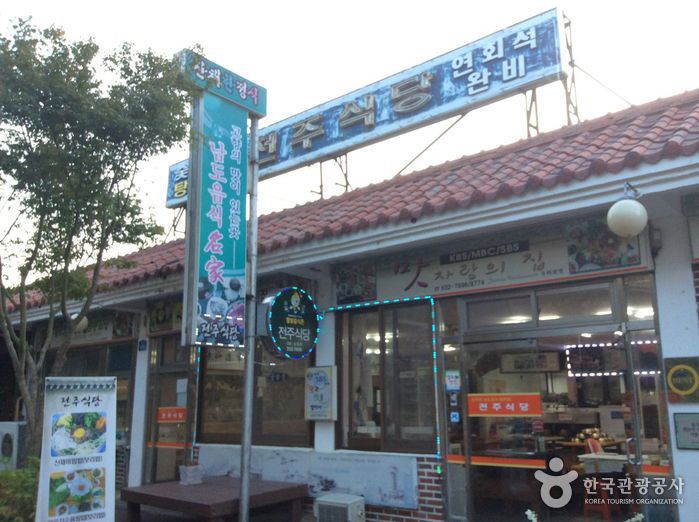
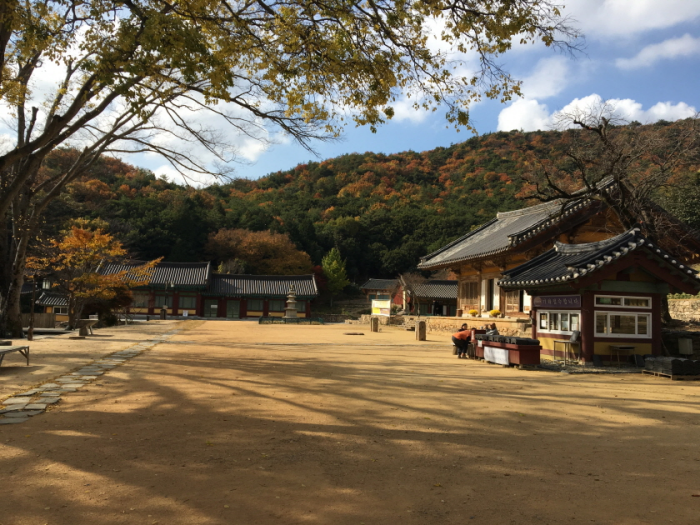
 English
English
 한국어
한국어 日本語
日本語 中文(简体)
中文(简体) Deutsch
Deutsch Français
Français Español
Español Русский
Русский